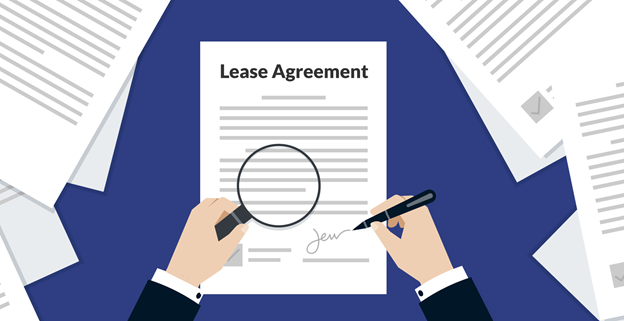In the world of rental housing, a written lease agreement is an essential document that protects both tenants and property owners and this is on the list of essential property management forms. Despite its importance, some landlords still rely on verbal arrangements, which can lead to confusion and disputes. This article, part of a series aimed at highlighting common landlord mistakes and how to avoid them, explains why every landlord in California should use a written lease agreement.
Establishing Community Rules
A written lease allows property owners to set clear expectations and rules that promote a peaceful and respectful living environment. This may include guidelines around noise, pet ownership, parking, and other shared community matters. Documenting these rules helps prevent tenant disputes and misunderstandings by ensuring everyone knows what is expected.
Setting Insurance Requirements
Including a provision in the lease that requires tenants to carry renters insurance helps protect both parties. This insurance can cover the tenant’s personal property and reduce liability for incidents such as accidents or property damage. Clear written insurance requirements help minimize financial risk and provide clarity on responsibility in various situations.
Memorializing Rent Obligations
One of the most vital functions of a written lease is to clearly define rental terms. This includes the rent amount, due dates, payment methods, and penalties for late payments. By outlining these terms in writing, both parties have a shared understanding, reducing the risk of confusion or conflict about rent payments.
Providing Necessary Disclosures
State law mandates that landlords provide tenants with specific disclosures related to health and safety, such as the presence of lead-based paint, mold, bedbugs, or past drug-related cleanups. A lease agreement is a practical way to meet these legal obligations and ensures tenants are fully informed about potential issues within the property.
Notice of Exemption
In areas subject to rent control or eviction protections, landlords must inform tenants of any applicable exemptions. These may relate to the age of the property, number of units, or owner-occupied status. Including these notices in the lease helps tenants understand what rules apply to their tenancy. For agreements made on or after July 1, 2020, such notices must be part of the lease itself.
Legal Protection
A properly written lease agreement serves as a legally binding contract, outlining the rights and responsibilities of both landlord and tenant. It can offer significant protection in case of a dispute, reducing the chances of disagreements and providing evidence if legal action becomes necessary.
Attorney’s Fees Provisions
A lease can include terms stating that the party who prevails in a legal dispute may recover legal fees and costs. This clause encourages conflict resolution outside of court and assures landlords that they won’t bear unnecessary expenses if litigation becomes unavoidable.
Professionalism and Credibility
Having a formal lease agreement enhances a landlord’s professionalism and establishes trust with tenants. It reflects a commitment to fairness, transparency, and good business practices—qualities that can lead to stronger landlord-tenant relationships.
Final Thoughts
Choosing to operate without a written lease is a high-risk strategy that can result in legal trouble and tenant disputes. A written agreement allows property owners to set expectations, fulfill legal requirements, and protect their interests. As a low-cost tool with high value, a written lease is indispensable in today’s rental landscape.


Comments are closed.